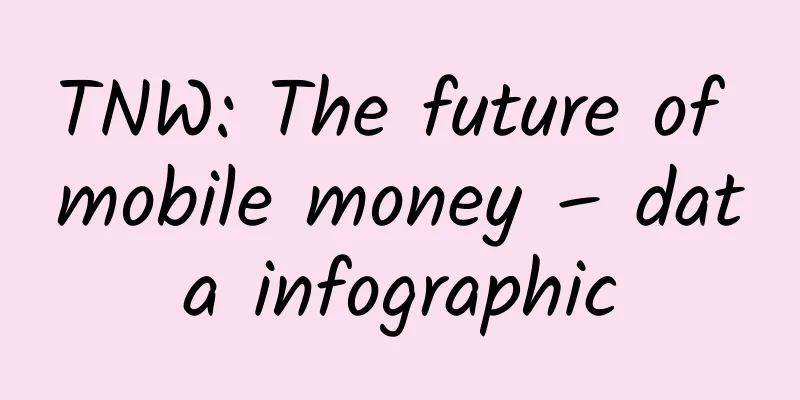TNW: The future of mobile money – data infographic

|
As Google, Apple, Paypal, MasterCard, etc. have entered the field of mobile money, the World Bank has released some data on mobile money. TNW decided to see which powerful users determine the future trend of mobile money, so it made a chart. Friends who are interested in the data may wish to take a look at the following picture: Let's first look at the top ten countries that use mobile phones to send and receive money. It turns out that the countries that use it the most are the poorest in the world. Then the problem is that in these poorest countries, the people who use mobile phones to send and receive money are also the poorest group of people. Shockingly low-income population Kenya is leading the world in mobile money because of their infrastructure, government support, and the explosion of community finance. In fact, as you can see in the graph, over 70% of their people use their phones for some financial transactions. We see that low-income users, the number of people using mobile phones to receive money and the number of people using mobile phones to send money are very large. These countries are the same in terms of leading the world's mobile financial trends. Especially Somalia and Swaziland, there are almost no rich people using mobile phones to do this. Cycles around the mobile phone revolution This graph uses circles and strips to show some data trends. For example, the dark red in Algeria shows that few rich people use mobile phones to send money, but almost three times as many rich people use mobile phones to receive money. How will banks develop next? This leads to some questions. Why don't rich people use mobile phones? Maybe it's because mobile phones don't make much sense to them. They have more opportunities to use traditional banking services and there's no need to switch to mobile phones. On the contrary, they may find mobile phones inconvenient. With the development of mobile finance, I hope these issues can be discussed in more depth. The data covers more than 50 countries, and we have only seen a small part here. As mobile currency plays an increasingly important role in the international economy, will the plastic credit cards and paper money in our hands disappear? via: Leifeng.com |
<<: comScore: Android platform accounts for 52.2% of the market share in July 2012
>>: Snappli: Survey shows only 4% of iOS 6 users are using Apple Maps
Recommend
Will intrauterine adhesions be shown on ultrasound?
Intrauterine adhesions can actually be detected t...
What is the reason why women have many dreams?
I believe that everyone will dream, especially wh...
What does it mean to dream about a girl?
Dreams have a lot to do with a person's daily...
Is it true that the Huanan Seafood Market is not the origin of the new coronavirus? How did the Wuhan coronavirus come from?
Is it true that the Huanan Seafood Market is not ...
What are the consequences of filling the car's engine oil over the upper limit? What should I do if I fill the car's engine oil too much?
Engine oil is very important for the normal opera...
How many days does milk swelling last after 4 months of induced labor?
Because some women still have breast engorgement ...
Frequent sore mouth may be due to poor immunity. How to improve immunity?
Science Fiction Network, December 16 (Jin Kaiyi) ...
What should I pay attention to after ovarian cyst surgery?
Do you feel that women will gain weight and flesh...
World Kidney Day | A healthy kidney is everything
Editor's Note: March 14, 2024 is the 19th Wor...
Do I need to fast to check estradiol and progesterone?
Estradiol is a hormone secreted by the ovaries. I...
Which parts of the body can identify pregnancy?
After getting married, people usually put pregnan...
Where should I get moxibustion for excessive leucorrhea?
Leucorrhea is the secretion from the female vagin...
Be careful of these reasons if your progesterone level drops suddenly!
Many expectant mothers need to do a progesterone ...
How to remove hair from women's private parts?
The health of women's private parts is a very...
You've learned to wipe your butt since you were a kid, but you may not have learned it yet...
Author: Yu Qi, Chief Physician, Peking Union Medi...









